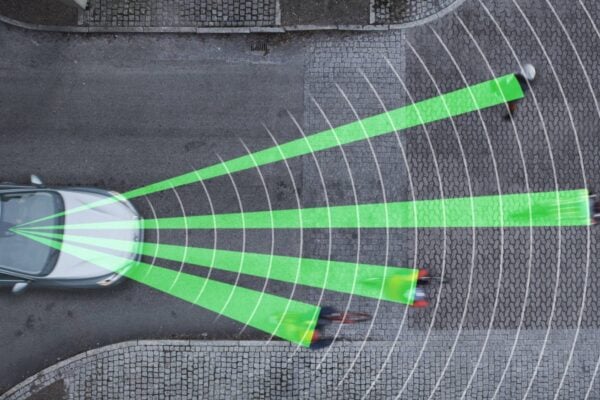
Image signal processor makes cars see
Autonomous driving requires more sensors per vehicle – many more than today. While radar and lidar continue to play an important role in the multi-sensor setup enabling the vehicles to create a virtual image of the surroundings, optical cameras will be of paramount importance. Experts expect that future vehicles will contain up to twelve cameras. Even non-autonomous cars will be equipped with cameras: They will replace rear-view mirrors and enable suppliers to enhance their real-world image with digital data. However, even modern cameras and their associated downstream processing chain today are unfit for automotive use, says Richard York, Senior director, Embedded Systems for microprocessor IP vendor ARM. The reasons: Their dynamic range is not even on par with the human eye. Image recognition applications capable of replacing human drivers however need to be at least as good as the human eye, in particular with regards to its adaptability to changing brightness – humans can see in the bright desert sun and in starlight. Not even High Dynamic Range (HDR) cameras today can master this extreme difference between dark and bright. What’s more, the eyes for the robot cars have to offer a similarly high resolution as a human eye, and they have to be fail-safe, they need to meet the requirements of functional safety as described in ISO 26262.
This is where ARM steps in with its latest announcement: ARM’s new MALI-C71 Image Signal Processor (ISP). The MALI-C71 is ARMs first member of a future product family dedicated to address the growing market for automotive cameras, a market with an average growth of 20% annually.

ISO 26262 safety design are the features that make
the MALI C-71 fit for use in autonomous vehicles
The ISP transforms raw pixel patterns to high-definition images for downstream computers (sensor fusion, machine vision, motion control) and displays. With the capability to handle input data streams up to 1.2 giga-pixels per second, it can handle multiple camera inputs, as required in automotive environments. Likewise it can output differently structured and processed data to different types of downstream data sinks. Thus, it simultaneously can support human displays and computer vision applications. With a dynamic range of 24 stops (144 dB), it covers an extremely wide brightness range. In rear-view mirror replacement applications, it can compress the dynamic range of the image to make dark areas visible without driving the brighter parts of the image into saturation, York assures. “This is something today’s ISPs cannot do”, he said.
To meet the reliability and functional safety requirements necessary to handle ADAS and automated driving, the MALI-C71 is designed for ASIL D and SIL3 compliance; numerous fault detection circuits, continuous built-in self-test and cyclic redundancy checks (CRC) on all data path ensure maximum reliability and availability of the image data.
Developers who want to test the new ISP do not have to start from scratch; ARM provides a range of reference algorithms for ISP and sensor control, auto white balance and auto exposure. Likewise, the company is offering a toolbox filled with tuning and calibration algorithms.
The device has been publicly introduced at ARMs Tech day in Cambridge and at the ISP Auto Europe conference in Düsseldorf, Germany. York however assured that there is already at least one licensee preparing practical applications based on the ISP, and that this licensee already is holding first silicon in his hands. “More are in the designing process”, York said.
Related articles:
Intel grabs computer vision expert Mobileye
ToF Chipset plus evaluation kit facilitate 3D vision designs
Renesas tackles autonomous driving with scalable platform
 If you enjoyed this article, you will like the following ones: don't miss them by subscribing to :
eeNews on Google News
If you enjoyed this article, you will like the following ones: don't miss them by subscribing to :
eeNews on Google News




